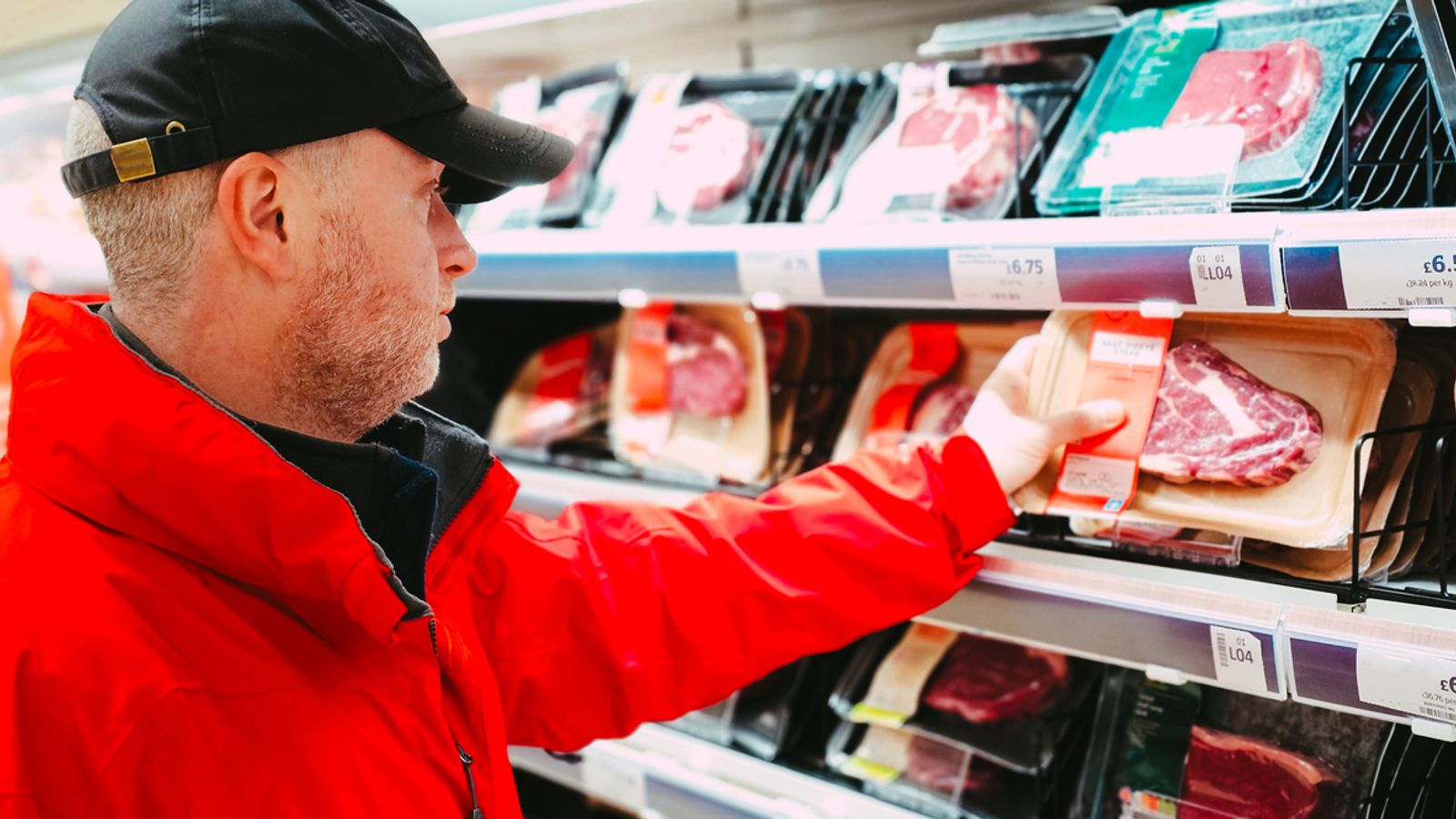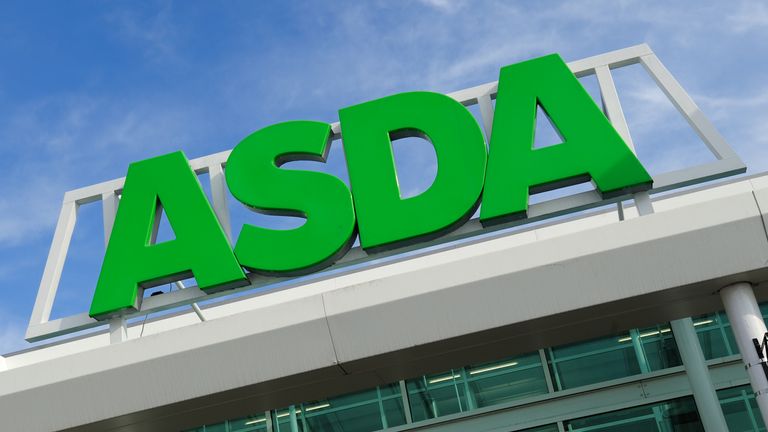Items bought in shops are becoming more expensive at the slowest pace in more than two years, according to latest industry figures which show that some prices are actually falling.
It means that goods, such as clothes and food, are becoming more costly but far less than before, according to the shop price index from the trade organisation for UK retailers, the British Retail Consortium (BRC), and retail behaviour researchers NielsenIQ.
Why have some prices fallen?
The shop price index for April said products other than food fell 0.6% in price compared to a year earlier, as clothes and shoe price tags fell due to ramped-up promotions. A month earlier, in March, prices had risen 0.2% since February.
Food inflation slowed to 3.4%, the 12th drop in a row and the lowest level since March 2022. It had been as high as 15.7% in April 2023.
Falls in fresh food inflation – such as butter, fish and fruit – were also due to competition among grocers for shoppers, as well as easing input costs like cheaper energy bills, the BRC said.
Overall shop price annual inflation eased to 0.8%, down from 1.3% in March, the lowest since December 2021.
The data doesn’t capture inflation in the services or manufacturing industries that consumers pay for.
BRC chief executive Helen Dickinson said: “While consumers will welcome the lower shop price inflation, geopolitical tensions and the knock-on impact on commodity prices, like oil, pose a threat to future price stability.”
“Retailers will continue to do all they can to keep prices down, but government has a role to play with pro-growth policies that allow businesses to invest in the customer offer.”
Where is overall inflation now?
The official measure of inflation, recorded by the Office for National Statistics (ONS), stood at 3.2% in March, the weakest level for two-and-a-half years as food prices fell but energy prices remained high amid tension in the Middle East and Ukrainian attacks on a Russian oil refinery.
Prices began to rise in 20201 after COVID-19 lockdowns halted supply chains which led to shortages of some goods.
This was compounded following Russia’s invasion of Ukraine. In response, western countries rushed to wean themselves off Russian gas imports, which caused a rise in energy costs.
Mike Watkins, head of retailer and business insight at NielsenIQ, said: “it is good news for shoppers that the cost of their grocery shop is starting to stabilise and that the prices of many non-food goods are now cheaper than a year ago.”

